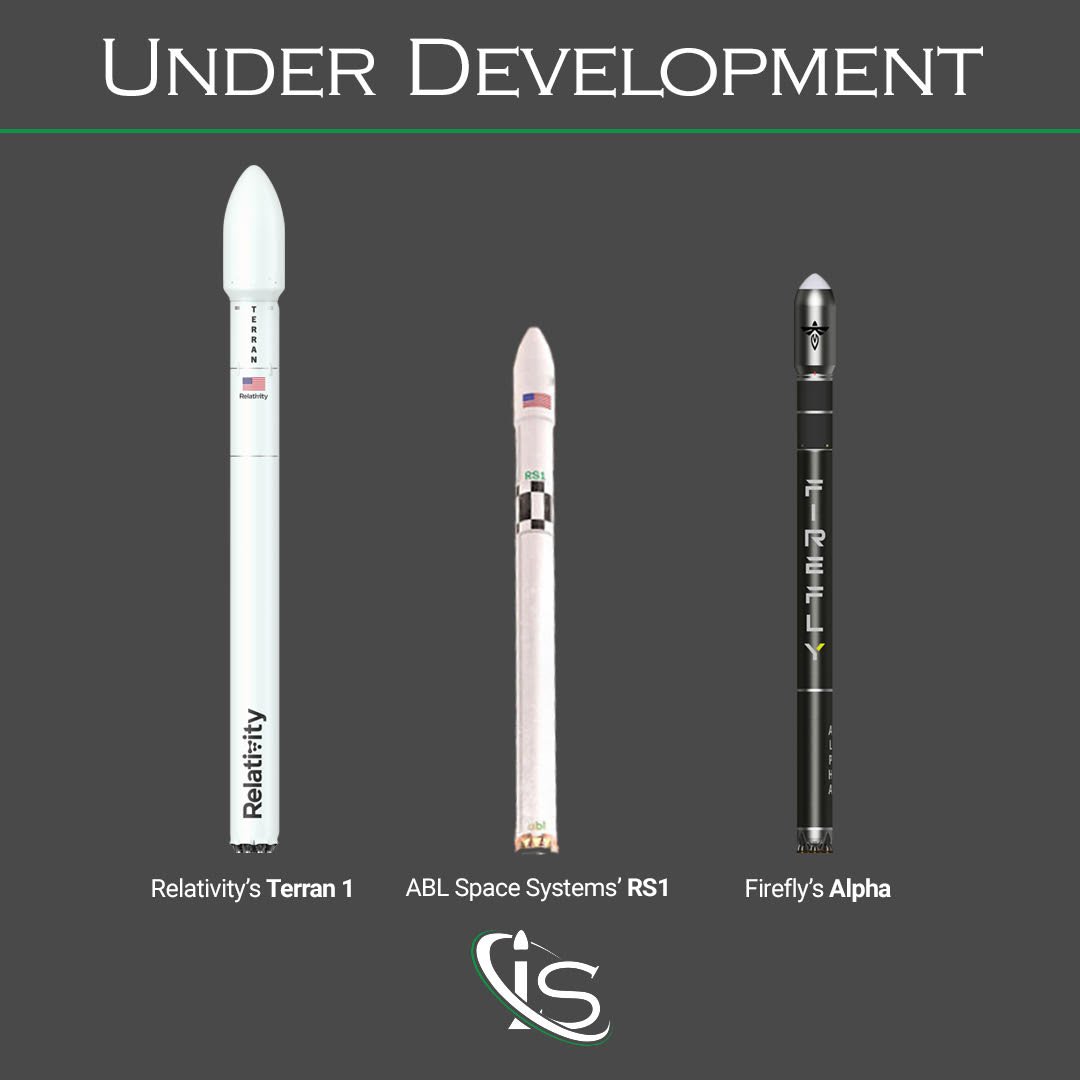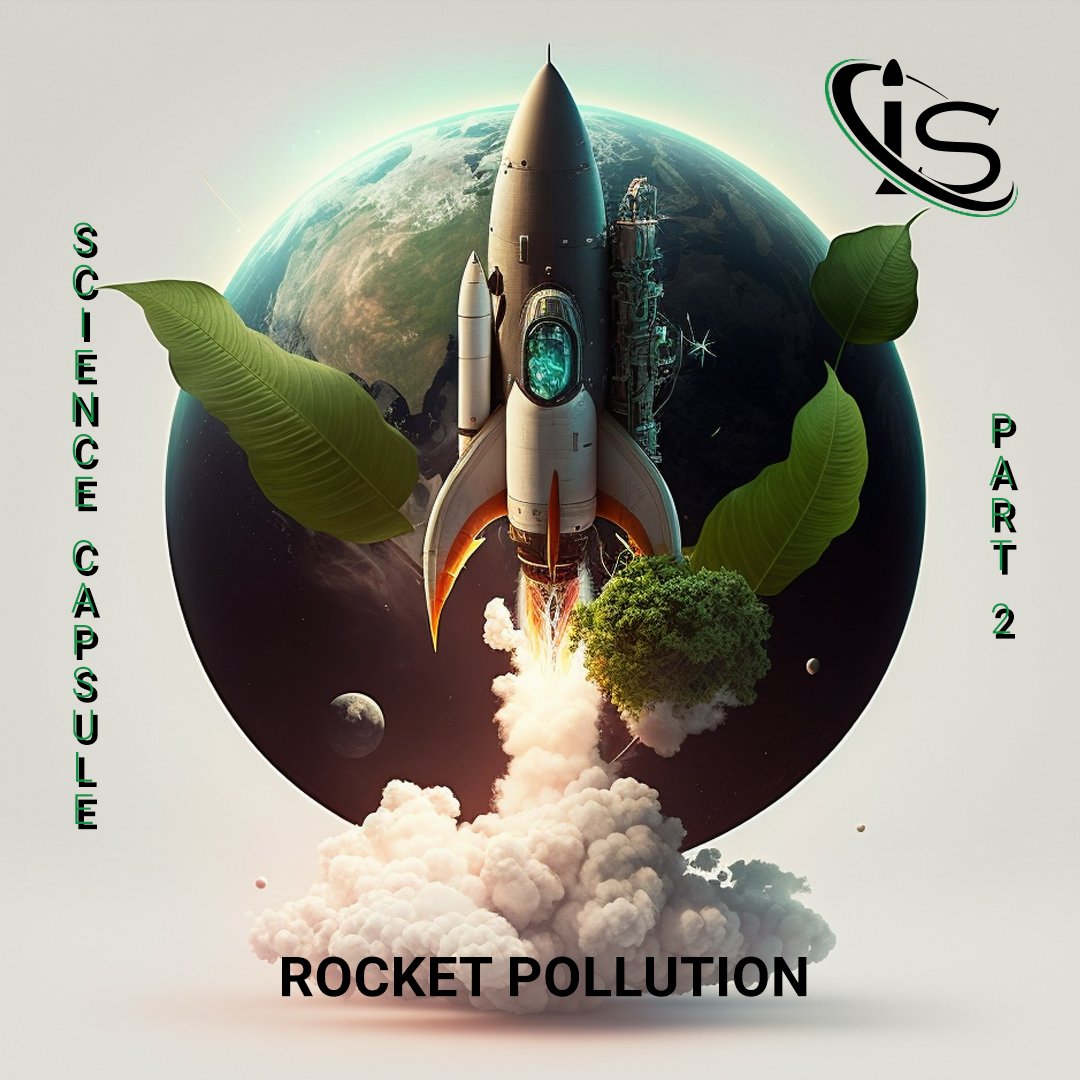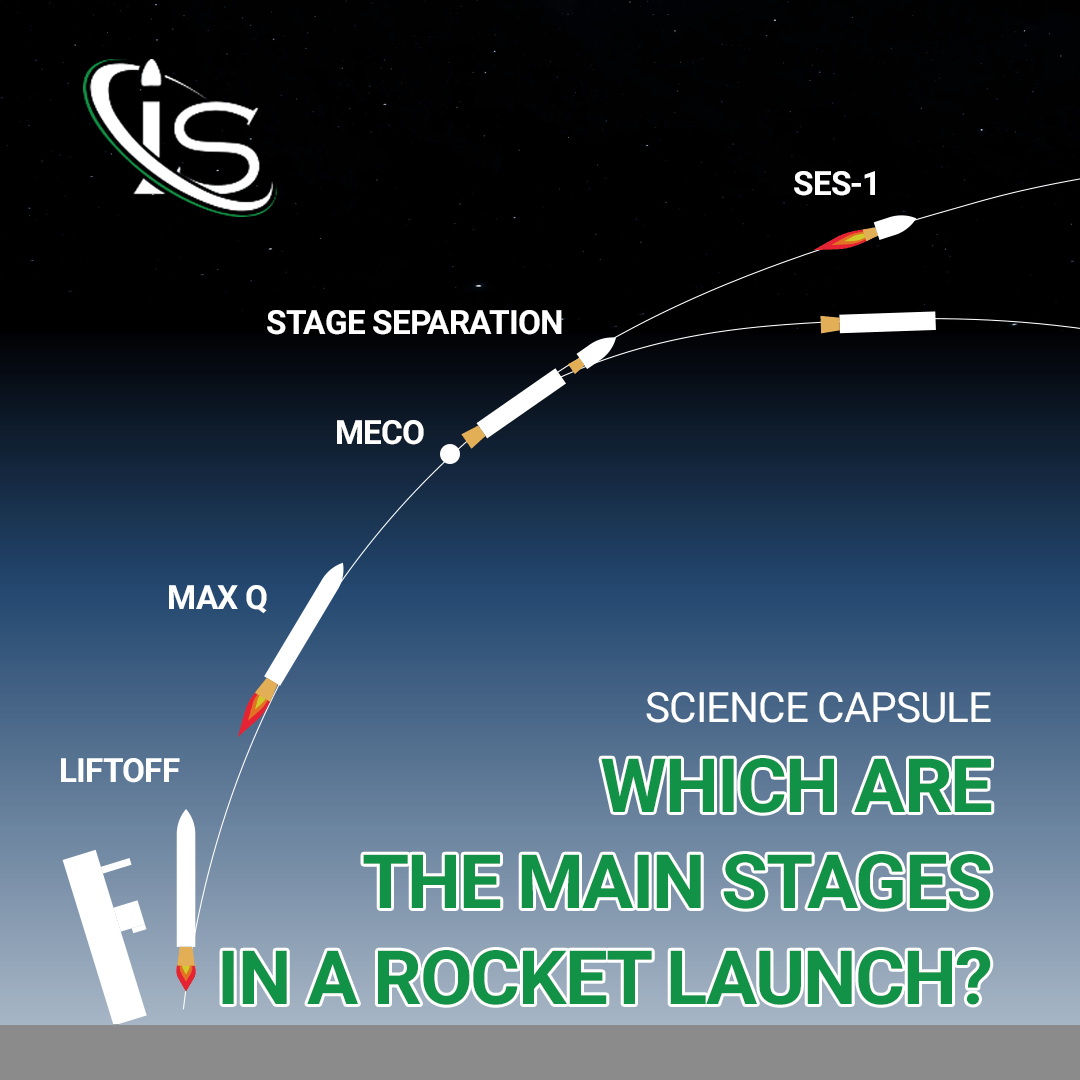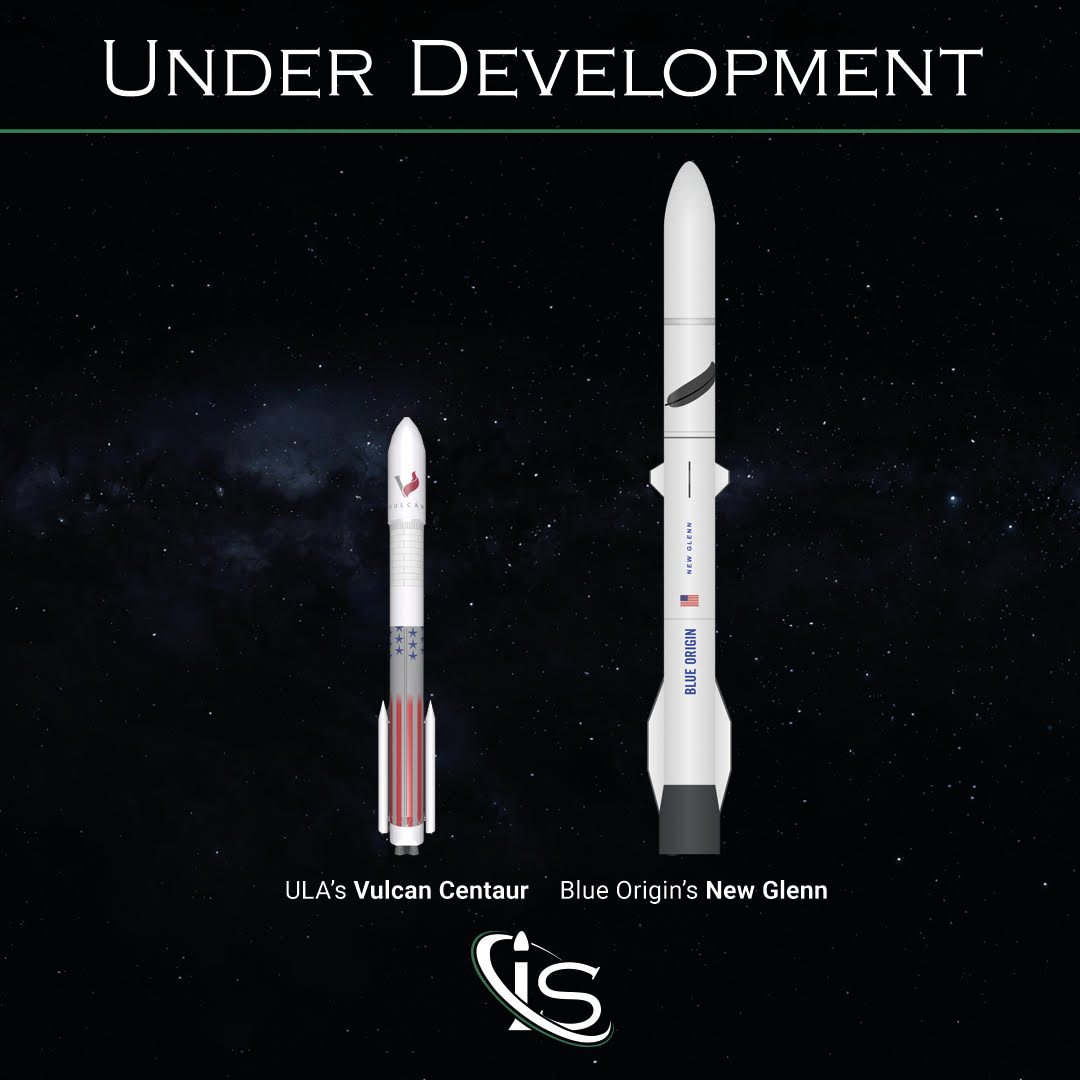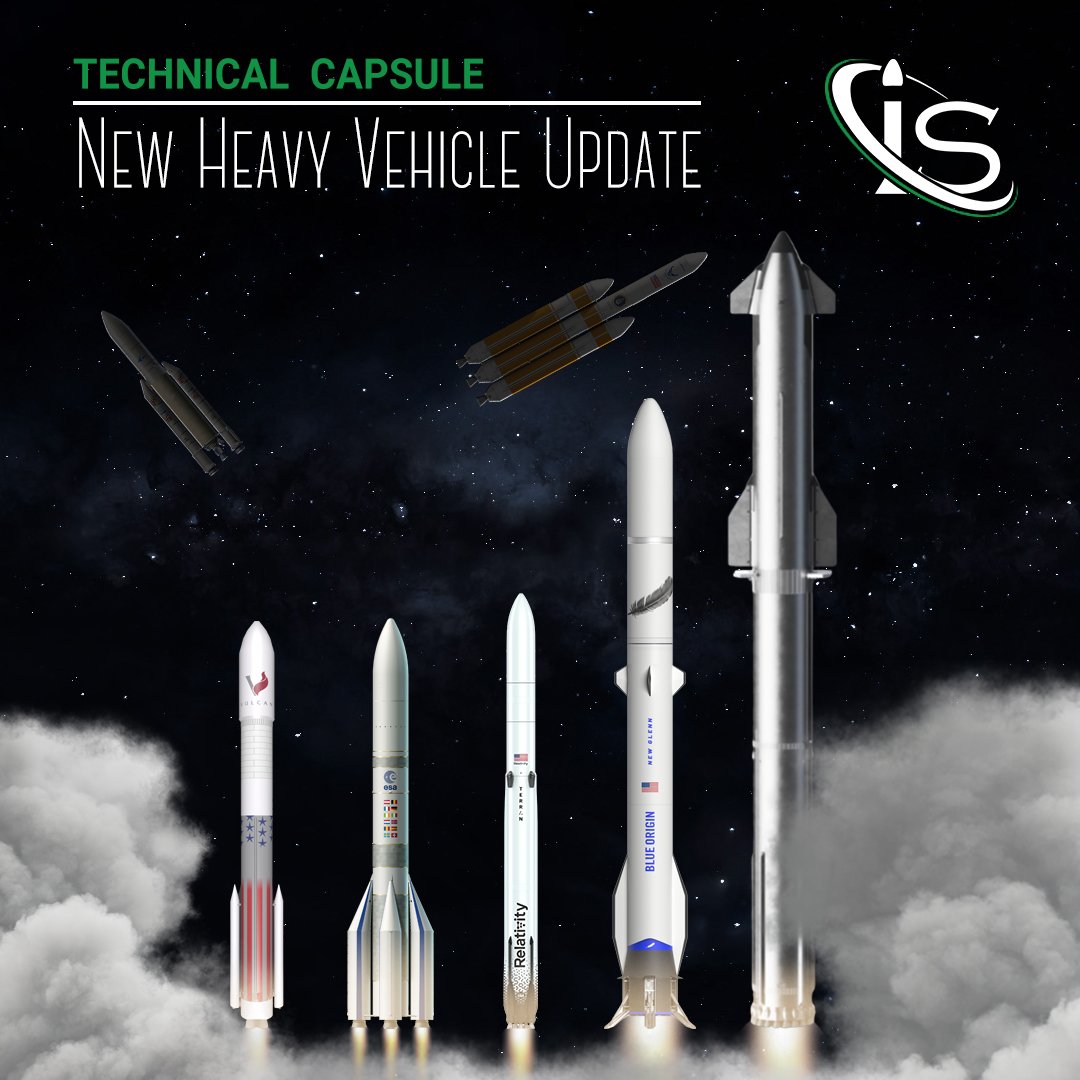Here we are at the second appointment of the presentation of certain launch vehicles under development. In the past blog we talked about Terran 1, RS1 and Alpha. So, now, we will talk about some of the other upcoming vehicles: Prime and Skyrora-XL.
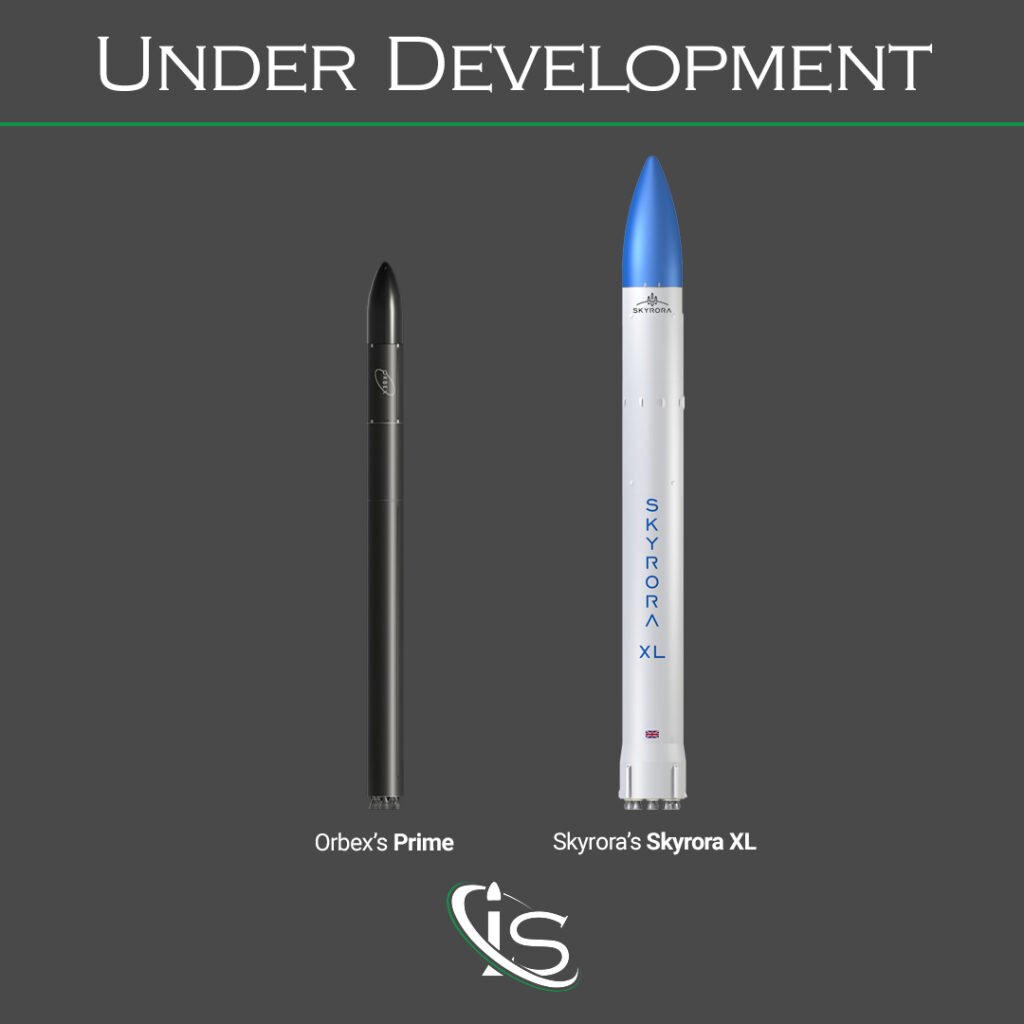
Prime and Skyrora XL
Today is a fully British post, with the description of two launch vehicle that are produced in and will be launched from the UK: Prime and Skyrora XL. Both of them are liquid small-lift launch vehicle in the LV NASA classification. They are up for the first orbital launcher and the first vertical orbital launch for the UK. However, the first orbital launch will probably be next month by the American Virgin Orbit’s LauncherOne. They are scheduled to launch from Newquay on the north coast of the Cornwall, in England. To stay updated on this rush, click here.
Orbex’s Prime
Prime is a two-stages rocket produced and operated by Orbex. Their main objective is to produce the most environmentally friendly launch vehicle. They aim to be part of a new generation of ultra green launch systems. To achieve this goal, they tackled the production from different fronts. The first and clearest problem is the black carbon emissions, especially in the upper atmosphere. To achieve this, their rocket benefitted of the collaboration with Calor, a UK’s leading supplier of Liquefied Natural Gas (LNG), Liquefied Petroleum Gas, and the BioLPG, a renewable fuel. The BioLPG is a clean-burning propane fuel produced from renewable feestocks, such as plants and vegetable waste material. The use of a renewable fuel, such as BioLPG, reduced the CO2 emissions by up to 80 %.
The use of a renewable fuel, however, is not all that is needed to reduce carbon emissions; in fact, care should be taken even in the stages of construction and operation. To this end, Orbex guarantees a Carbon-Neutral process, which means that any CO2 released in the atmosphere is counterbalanced by an equal amount of CO2 removed. The techniques and the materials used are advanced, e.g. 3D printed engines and carbon fiber structures.
From the starting project, Prime had been designed to be completely reusable, so that there is no debris coming back uncontrolled towards Earth, Earth’s oceans or Earth’s atmosphere. Every piece of rocket returning to Earth and surviving the friction of the atmosphere upon reentry is recovered and re-used. The reusability of a rocket further reduces the carbon footprint of Prime.
Environmentally Friendly Launch Site
Another important step forward is the use of a launch site, under construction, aiming to be an environmentally friendly spaceport. This is done by paying attention to the ecology and natural conservation, to the ornithology, and so on. The name of this spaceport is Space Hub and it is located in Sutherland, in the Highlands of Scotland. The spaceport is still under construction and so Prime’s maiden flight is constrained with the issue of the regulatory approvals from Civil Aviation Authority, the CAA (which is the British equivalent of the USA’s FAA).
All those innovations put together have made it possible for Orbex to have a carbon footprint up to 96% lower with respect to other comparable launch programs. In fact, according to a study of the Exeter University, the emissions of CO2 of a single launch are 13.8 tonnes, almost the carbon footprint of a single person in the UK per year.
The first full scale prototype of Prime has been released on May 11th. If all the issues required to fly are addressed in time, the maiden flight should be on for late 2022 or early 2023.
We will review all the rockets’ numerical specifications in the tables below, so as to compare the two launchers together.
Skyrora’s Skyrora XL
Skyrora XL is a three stages rocket produced and operated, as the name suggests, by Skyrora. One of its main characteristic is the unification of the main systems, assemblies, and units. The unification reduces costs and times for design and tests, simplifies the delivery to launch site with a faster deployment, and, finally, renders the rocket independent from the Spaceport infrastructure. The rocket will also be more reliable. Also the choice of the oxidizer and fuel, that are the High-Test Peroxide and the Kerosene, respectively, make the handling easier during prelaunch, as the propellant is non-cryogenic, non-hypergolic, non-toxic, and storable. Howerver, at the moment Skyrora is working on a greener alternative to Kerosene, Ecosene, which consists of unrecyclable plastic waste.
Coming back to the unification, in Skyrora the main features making it up are
- the main engine SKYFORCE used for the first two stages with unified turbopump machinery, main units, and assemblies;
- a unified pneumo-hydraulic system;
- unified pressurization vessels and automatic equipment for the pressurization system;
- and so on.
Maiden Flight
In May, Skyrora performed static-fire tests on 3D printed engines using high-test peroxide (HTP) and Kerosene, while in the first days of August they proceeded to perform a 70 kN rocket engine test. The maiden flight, constrained with the issue of launch site approval, should be between the end of 2022 and the beginning of 2023. In fact, as in the case of Prime, Skyrora will also launch its maiden flight from a launch site that is still under construction. Its launch site is SaxaVord Spaceport, located in Unst, the Northernmost island of the Shetland Islands in Scotland.
Final Comparison
In this last paragraph, we will put together the numerical specifications of Prime and Skyrora-XL in order to compare the two. Not to rank them based on merit, but to relate the different specifications between rockets that are similar at an initial glance.
General
The two rockets turn out quite differently to each other. This is especially true in the GLOW and in the Capability to SSO, where Skyrora is heavier and more capacious, even though the height difference is not so noticeable between them.
| Prime | Skyrora XL | |
| Capability to SSO (500 km) | 150 kg | 315 kg |
| Height | 19 m | 22.7 m |
| Max Diameter | 1.3 m | 2.2 m |
| Gross Lift-off Weight | 18 t | 55.8 t |
| Structure | Composite | Composite |
| Number of Stages | 2 | 3 |
| Maiden Flight | Q4 2022 or Q1 2023 | Q4 2022 or Q1 2023 |
First Stage
Some values of Prime are not reported, since Orbex still has not released them. We will integrate all the missing fields as soon as they are published.
| Prime | Skyrora XL | |
| Engine Name | Skyforce | |
| Engine Number | 6 | 9 |
| Oxidizer / Fuel | LOX / bioLPG | HTP / Kerosene |
| Max Thrust (sea-level) | 630 kN | |
| Specific Impulse (vacuum) | 286.7 s |
Second and Third Stages
The most important consideration for the engines is that Skyrora uses the same engines between the first and second stages. This simplifies and speeds up the production and tests, reducing the number of static-firing tests required for the validation of the engine. The Leo engine, instead, is a pressure fed rocket engine that uses Hydrogene Peroxide and Kerosene. The design of this engine is adapted for 3D printing. This technique is suitable for design changes and for simplifying the manufacturing process.
| Prime’s Second Stage | Skyrora XL’ Second Stage | Skyrora XL’s Third Stage | |
| Engine Name | Skyforce | LEO engine | |
| Engine Number | 1 | 1 | 1 |
| Oxidizer / Fuel | LOX / bioLPG | HTP / Kerosene | |
| Max Thrust (sea-level) | 85 kN | 3.5 kN | |
| Specific Impulse (vacuum) | 306 s | 305 s |
See you in two weeks for the third part. We will talk about something “super-heavy“… 😉

